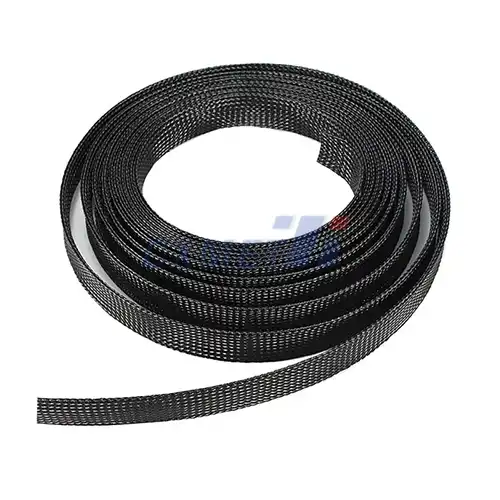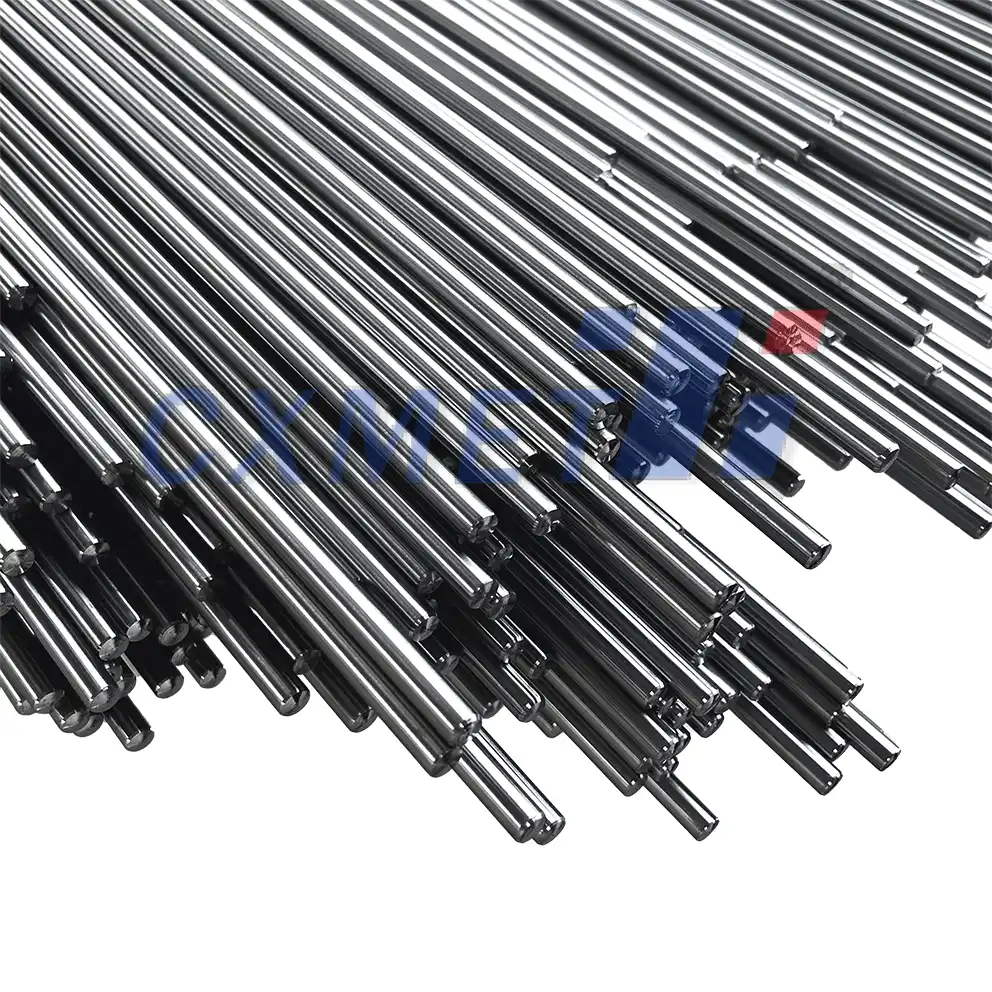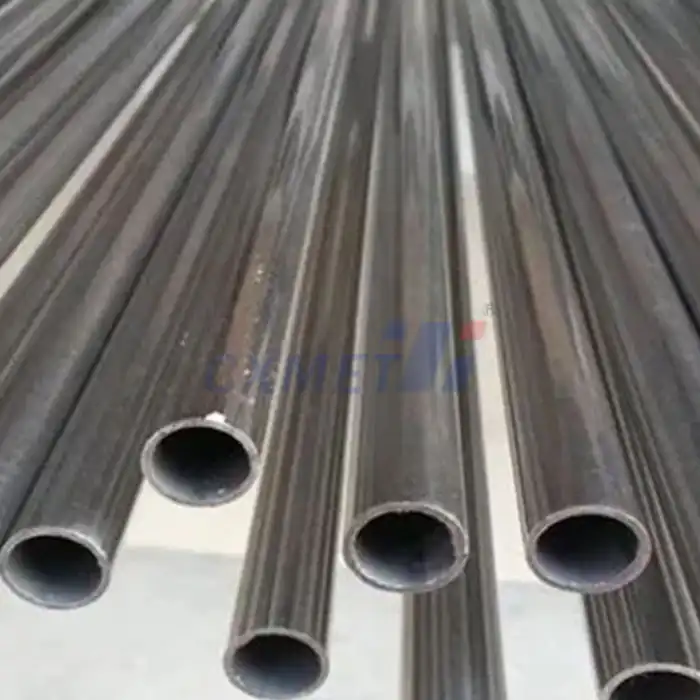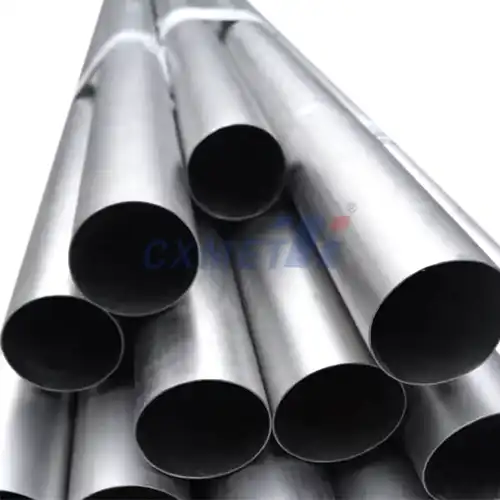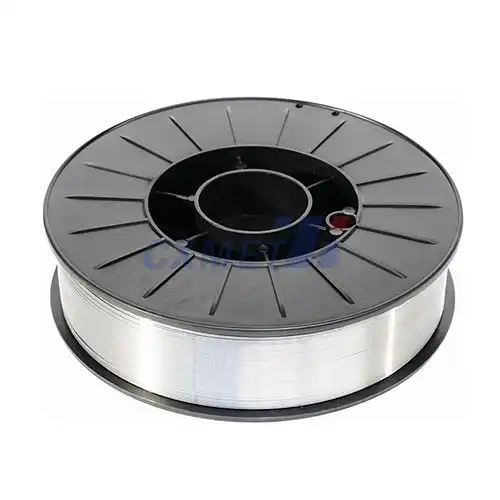- English
- French
- German
- Portuguese
- Spanish
- Russian
- Japanese
- Korean
- Arabic
- Greek
- German
- Turkish
- Italian
- Danish
- Romanian
- Indonesian
- Czech
- Afrikaans
- Swedish
- Polish
- Basque
- Catalan
- Esperanto
- Hindi
- Lao
- Albanian
- Amharic
- Armenian
- Azerbaijani
- Belarusian
- Bengali
- Bosnian
- Bulgarian
- Cebuano
- Chichewa
- Corsican
- Croatian
- Dutch
- Estonian
- Filipino
- Finnish
- Frisian
- Galician
- Georgian
- Gujarati
- Haitian
- Hausa
- Hawaiian
- Hebrew
- Hmong
- Hungarian
- Icelandic
- Igbo
- Javanese
- Kannada
- Kazakh
- Khmer
- Kurdish
- Kyrgyz
- Latin
- Latvian
- Lithuanian
- Luxembou..
- Macedonian
- Malagasy
- Malay
- Malayalam
- Maltese
- Maori
- Marathi
- Mongolian
- Burmese
- Nepali
- Norwegian
- Pashto
- Persian
- Punjabi
- Serbian
- Sesotho
- Sinhala
- Slovak
- Slovenian
- Somali
- Samoan
- Scots Gaelic
- Shona
- Sindhi
- Sundanese
- Swahili
- Tajik
- Tamil
- Telugu
- Thai
- Ukrainian
- Urdu
- Uzbek
- Vietnamese
- Welsh
- Xhosa
- Yiddish
- Yoruba
- Zulu
What are the Properties of Nitinol that Make it Unique?
2025-07-17 10:16:31
Nitinol Bar Stock, a remarkable alloy of nickel and titanium, has captured the attention of scientists, engineers, and innovators across various industries due to its extraordinary properties. This "smart metal" exhibits a unique combination of shape memory effect, superelasticity, and biocompatibility, making it stand out among other materials. In this blog post, we'll explore the fascinating properties of Nitinol and delve into why it has become such a game-changer in fields ranging from medical devices to aerospace engineering.
|
|
|
How does Nitinol's shape memory effect work?
One of the most intriguing properties of Nitinol Bar Stock is its shape memory effect. This phenomenon allows the material to "remember" and return to a predetermined shape when subjected to specific temperature changes. The shape memory effect in Nitinol is based on a solid-state phase transformation between two crystal structures: austenite and martensite.
At lower temperatures, Nitinol exists in its martensite phase, which is relatively soft and easily deformable. When the material is heated above a certain temperature, known as the austenite finish temperature (Af), it transforms into the austenite phase. This transformation is accompanied by a dramatic change in the crystal structure, causing the material to revert to its original, pre-set shape.
The shape memory effect can be exploited in various ways. For example, a Nitinol wire can be trained to remember a specific shape at high temperatures. When cooled and deformed, it will appear to maintain its new shape. However, upon heating, it will "remember" and return to its original form. This property has led to numerous applications, including:
- Self-expanding stents in medical procedures
- Orthodontic archwires that maintain constant force
- Actuators in robotics and automation
- Temperature-sensitive safety devices
The ability to program Nitinol to remember multiple shapes at different temperatures further expands its potential applications. This two-way shape memory effect allows the material to switch between two distinct shapes as it cycles through different temperature ranges, opening up possibilities for creating complex, self-actuating mechanisms.
Furthermore, the shape memory effect in Nitinol is not limited to temperature-induced transformations. Stress-induced martensite formation can also occur, leading to the material's superelastic behavior, which we'll explore in the next section.
What makes Nitinol superelastic?
Superelasticity, also known as pseudoelasticity, is another remarkable property of Nitinol Bar Stock that sets it apart from conventional materials. This characteristic allows Nitinol to undergo large deformations and return to its original shape without permanent damage, even when subjected to significant stress.
The superelastic behavior of Nitinol is closely related to its shape memory effect but occurs at temperatures above the austenite finish temperature (Af). In this temperature range, the material is in its austenite phase. When stress is applied, it can induce a phase transformation from austenite to martensite, allowing the material to accommodate large strains.
What makes this property truly unique is that upon removal of the stress, the material immediately reverts to its austenite phase and recovers its original shape. This process can occur repeatedly without fatigue or permanent deformation, giving Nitinol an exceptionally high elastic limit compared to traditional metals.
The superelastic properties of Nitinol have led to numerous applications across various fields:
- Eyeglass frames that can bend without breaking
- Flexible guidewires and catheters in minimally invasive surgeries
- Earthquake-resistant building components
- High-performance sports equipment
- Vibration damping systems in aerospace and automotive industries
The combination of superelasticity and shape memory effect makes Nitinol an ideal material for applications requiring both flexibility and shape recovery. For instance, in the medical field, Nitinol stents can be compressed into a small diameter for insertion into blood vessels and then expand to their pre-set shape once in place, providing a perfect fit without the need for balloon expansion.
Moreover, the stress-strain behavior of superelastic Nitinol exhibits a plateau region, where large strains can be accommodated with relatively little increase in stress. This property is particularly useful in applications requiring constant force over a range of displacements, such as orthodontic archwires or mechanical dampers.
Why is Nitinol considered biocompatible?
Biocompatibility is a crucial property that has propelled Nitinol Bar Stock to the forefront of medical device materials. The term "biocompatible" refers to a material's ability to perform its intended function without eliciting undesirable local or systemic effects in the body. Nitinol's biocompatibility is a result of several factors that make it well-suited for use in medical implants and devices.
One of the primary reasons for Nitinol's biocompatibility is its corrosion resistance. When exposed to air or bodily fluids, Nitinol forms a stable titanium oxide layer on its surface. This passive layer acts as a barrier, preventing further corrosion and the release of potentially harmful metal ions into the body. The high nickel content in Nitinol might raise concerns about nickel allergies, but studies have shown that the stable oxide layer effectively prevents nickel release in most cases.
Another aspect contributing to Nitinol's biocompatibility is its mechanical compatibility with human tissues. The superelastic properties of Nitinol allow it to flex and move with the body's natural movements, reducing the risk of tissue damage or irritation that can occur with stiffer materials. This flexibility, combined with its shape memory effect, makes Nitinol ideal for implants that need to adapt to the body's shape or movement over time.
Nitinol's biocompatibility has led to its widespread use in various medical applications:
- Cardiovascular devices: stents, heart valve frames, and atrial septal defect occluders
- Orthopedic implants: spinal fixation devices and bone staples
- Dental applications: orthodontic wires and endodontic files
- Surgical instruments: guidewires, catheters, and biopsy needles
The biocompatibility of Nitinol extends beyond its interaction with tissues. Its non-ferromagnetic nature makes it compatible with magnetic resonance imaging (MRI) procedures, allowing patients with Nitinol implants to safely undergo MRI scans. This is a significant advantage over some other metallic implant materials that can interfere with imaging or pose safety risks in strong magnetic fields.
Furthermore, the surface of Nitinol can be modified or coated to enhance its biocompatibility even further. Techniques such as electropolishing, plasma treatment, or the application of bioactive coatings can improve cell adhesion, reduce protein adsorption, or promote tissue integration, depending on the specific requirements of the medical application.
It's important to note that while Nitinol is generally considered biocompatible, its performance can vary depending on factors such as processing conditions, surface treatments, and the specific physiological environment in which it's used. Rigorous testing and quality control measures are essential to ensure the safety and efficacy of Nitinol-based medical devices.
Conclusion
The unique properties of Nitinol Bar Stock - its shape memory effect, superelasticity, and biocompatibility - have revolutionized various industries, particularly in the field of medical devices and beyond. As research continues and new applications emerge, Nitinol remains at the forefront of materials science, promising innovative solutions to complex engineering challenges. Its ability to adapt, flex, and interact harmoniously with the human body makes it a truly remarkable material with a bright future in technology and medicine.
At SHAANXI CXMET TECHNOLOGY CO., LTD, we take pride in our extensive product range, which caters to diverse customer needs. Our company is equipped with outstanding production and processing capabilities, ensuring the high quality and precision of our products. We are committed to innovation and continuously strive to develop new products, keeping us at the forefront of our industry. With leading technological development capabilities, we are able to adapt and evolve in a rapidly changing market. Furthermore, we offer customized solutions to meet the specific requirements of our clients. If you are interested in our products or wish to learn more about the intricate details of our offerings, please do not hesitate to contact us at sales@cxmet.com. Our team is always ready to assist you.
References
- Duerig, T., Pelton, A., & Stöckel, D. (1999). An overview of nitinol medical applications. Materials Science and Engineering: A, 273-275, 149-160.
- Otsuka, K., & Ren, X. (2005). Physical metallurgy of Ti–Ni-based shape memory alloys. Progress in Materials Science, 50(5), 511-678.
- Machado, L. G., & Savi, M. A. (2003). Medical applications of shape memory alloys. Brazilian Journal of Medical and Biological Research, 36(6), 683-691.
- Morgan, N. B. (2004). Medical shape memory alloy applications—the market and its products. Materials Science and Engineering: A, 378(1-2), 16-23.
- Pelton, A. R., Stöckel, D., & Duerig, T. W. (2000). Medical uses of nitinol. Materials Science Forum, 327, 63-70.
- Sun, L., Huang, W. M., Ding, Z., Zhao, Y., Wang, C. C., Purnawali, H., & Tang, C. (2012). Stimulus-responsive shape memory materials: a review. Materials & Design, 33, 577-640.
- Mohd Jani, J., Leary, M., Subic, A., & Gibson, M. A. (2014). A review of shape memory alloy research, applications and opportunities. Materials & Design, 56, 1078-1113.
- Es-Souni, M., Es-Souni, M., & Fischer-Brandies, H. (2005). Assessing the biocompatibility of NiTi shape memory alloys used for medical applications. Analytical and Bioanalytical Chemistry, 381(3), 557-567.
- Petrini, L., & Migliavacca, F. (2011). Biomedical applications of shape memory alloys. Journal of Metallurgy, 2011.
- Lagoudas, D. C. (Ed.). (2008). Shape memory alloys: modeling and engineering applications. Springer Science & Business Media.


